We may earn money or products from the companies mentioned in this post.
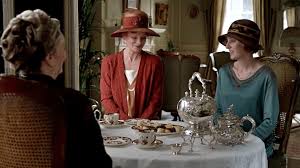
This year I volunteered to sponsor a Lady’s Tea at a Bonadventure, which is a retirment community in Pueblo. So I wanted to talk about the history of this event.
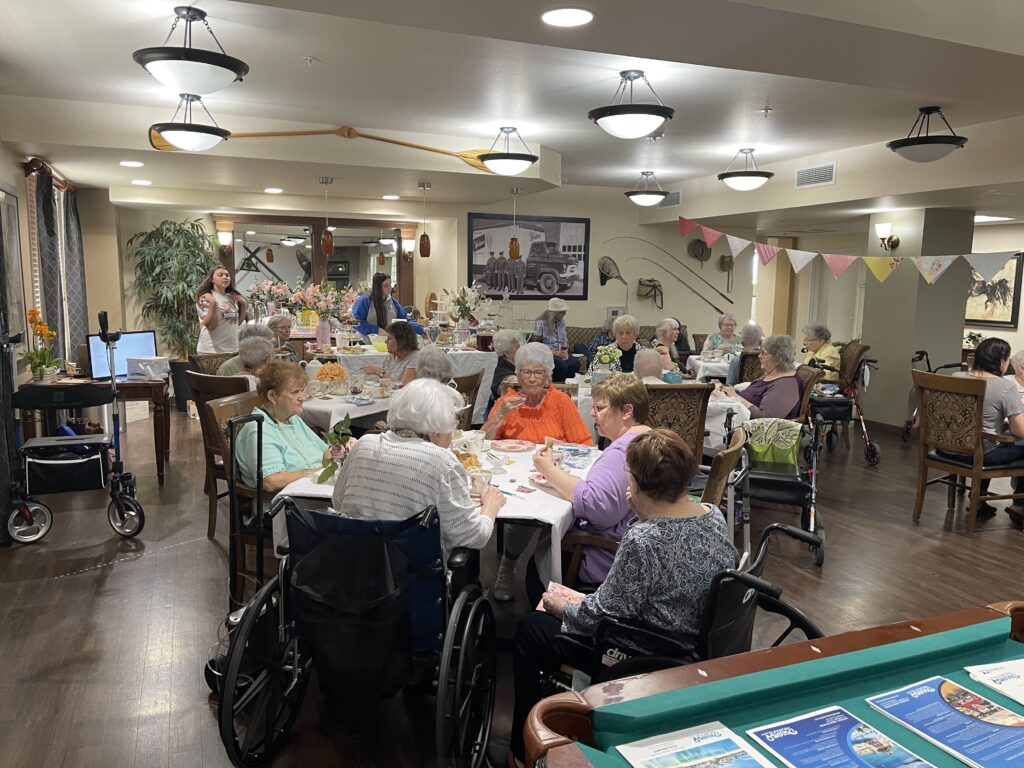
The custom of drinking tea dates back to the third millenium BC in China and was popularized in Britain in the 1660’s by King Charles II and his wife the Portuguese Infanta de Breganza, it was not until the mid nineteenth century that the concept of “afternoon” tea appeared.
Afternoon tea was introduced by Anna, the seventh duchess of Bedford in 1840. Anna would become hungry in the late afternoon, and as dinner was served very fashionably late at 8:00pm, she would have a tray of tea, bread and butter and cakes brought to her room around 4:00pm. This became a habit of hers and it became afternoon tea. Anna decided to start inviting friends to join her for her afternoon tea.
What is the difference between “High” tea and “Afternoon” tea?
Afternoon tea is sometimes mistakenly called “high” tea which is a totally different affair.
High tea was a meal served early in the evening in working class homes during the 18th and 19th century after a hard day at work. It consisted of a hearty fare of a mug of tea, vegetables, bread, cheese and occasionally meat served on the “high” or the main dining table, around 5:00 or 6:00pm. It is why some cultures still call their evening meal “tea”.
Was Afternoon Tea a Social Event?
Yes, “Afternoon Tea” became a social event. During the 1880’s this pause for tea became a fashionable event with the upper-class and high society. The ladies would change into their long gowns, gloves and hats for their afternoon tea, which was usually served in the drawing room between four and five o’clock. Traditional afternoon tea consists of dainty sandwiches, scones served with clotted-cream ( butter) or Devonshire cream ( a mixture of cream cheese, whipped cream, vanilla & powdered sugar) and preserves. Tiny cakes and pastries are also served. Tea grown in India or Ceylon is poured from silver tea pots into dainty bone china cups.
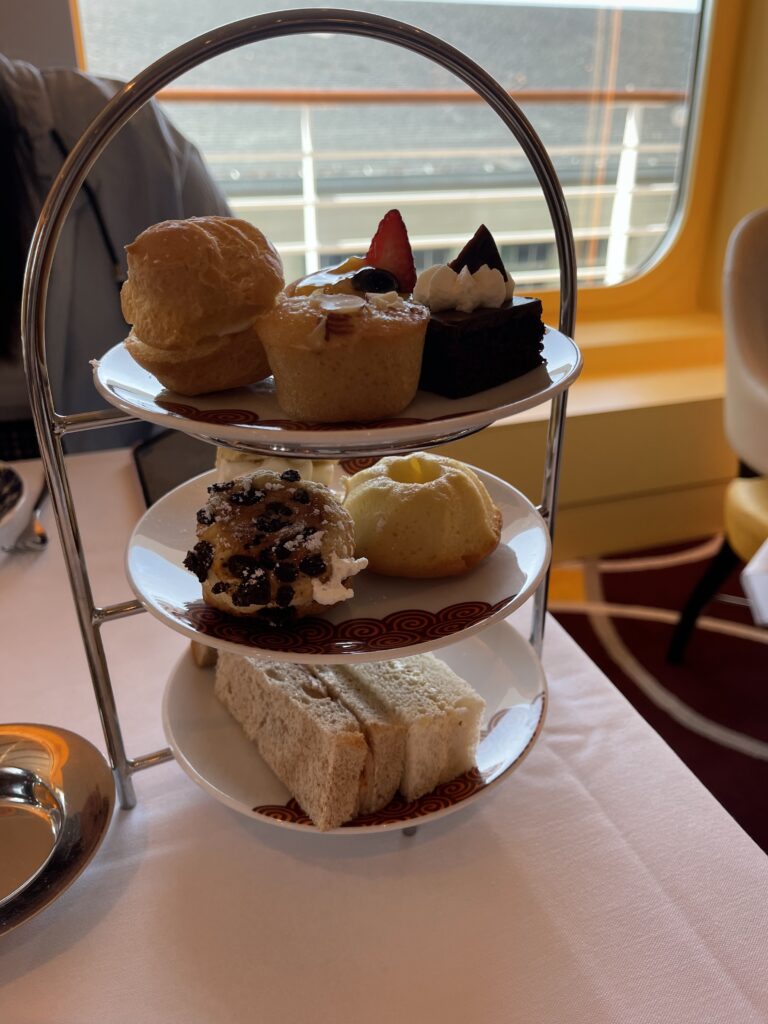
Where can you experience a traditional “tea?”
One of the best places to experience a top notch traditional English tea is of course Harrod’s in London or The Savoy.
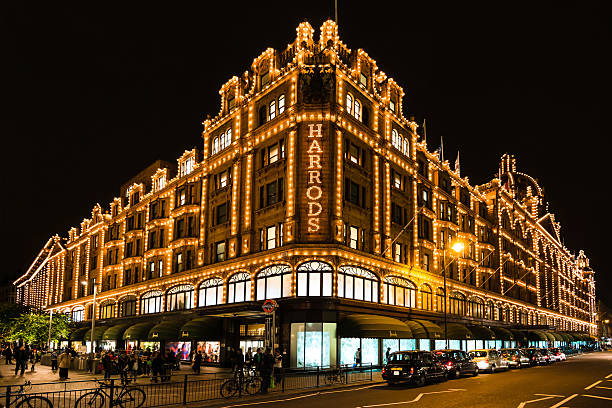

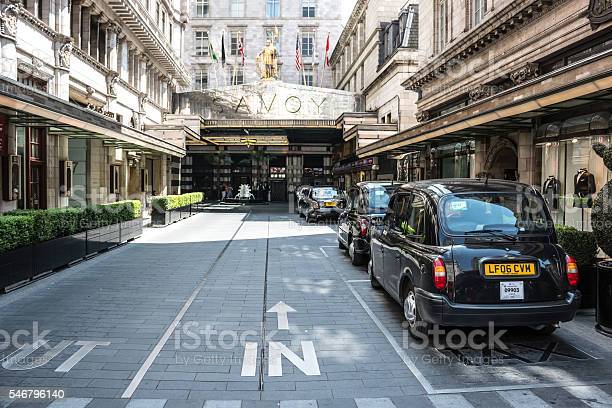

I’m often to blogging and i really appreciate your content. The article has actually peaks my interest. I’m going to bookmark your web site and maintain checking for brand spanking new information.
I do not even understand how I ended up here, but I assumed this publish used to be great
There is definately a lot to find out about this subject. I like all the points you made
Awesome! Its genuinely remarkable post, I have got much clear idea regarding from this post
Great information shared.. really enjoyed reading this post thank you author for sharing this post .. appreciated